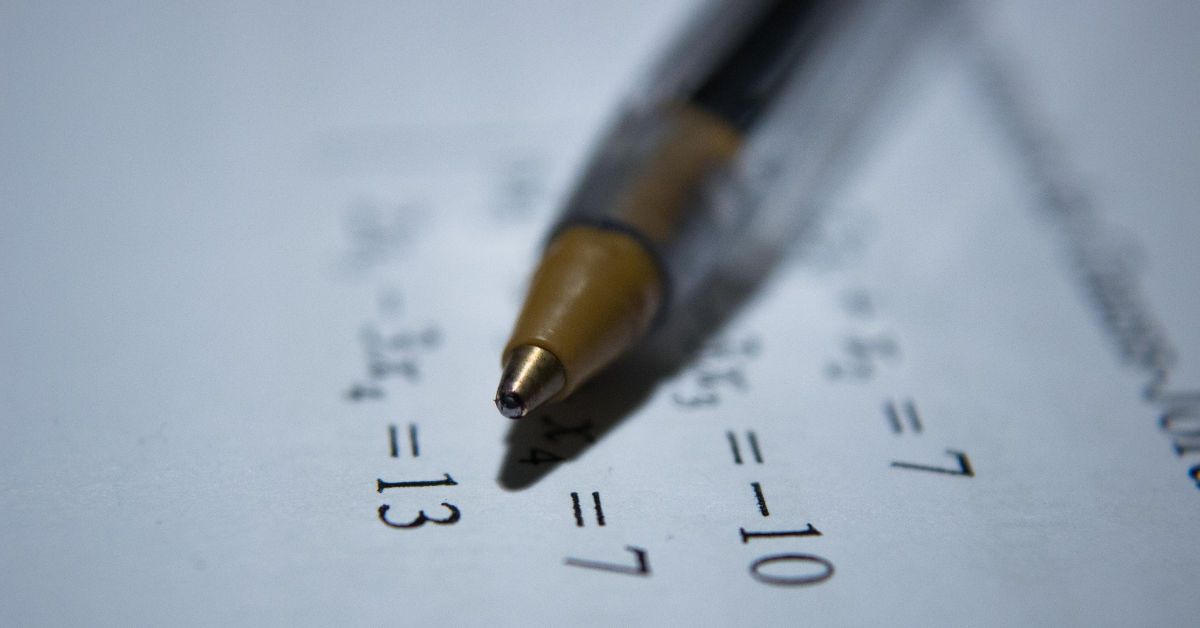
Just Because the Math Ain't Mathin' Doesn't Mean That There's No Evidence of Mathematical Thinking in Their Response
To thrive in math, our learners need persistence and self-confidence. If our feedback is solely focused on the errors they’ve made, how can we expect them to maintain their motivation and build the confidence to keep on trying? Learning how to solve problems like a mathematician should be a fun process that gives our learners the time and space to make mistakes and learn from them.
What does this look like in practice? Here’s an example.
Let’s assume I’m teaching my eighth-graders a lesson on solving two-step algebraic equations. I write the following equation on the whiteboard:
2x - 3 = 11
Now, a student might raise their hand and say, “Hey Mr. Sarfo-Mensah, this equation doesn’t make sense!” I’ll ask the student to explain why the equation doesn’t make sense and they may respond by saying, “Well, the equation reads ‘2 times some missing number minus 3’—shouldn’t there be a number after the multiplication sign for the equation to be complete?”
At this point, I can immediately recognize that the student views the letter ‘x’ as a multiplication sign. This is a logical mistake because for as long we’ve been taught math, the letter ‘x’ is the first symbol we associate as a sign for multiplication. Rather than dismissing the student and saying that his thinking is incorrect, I will take the time to acknowledge his thought process. Then, I’ll clear up his confusion by saying that the letter ‘x,’ in this example, functions as a variable, which is a symbol—(usually) a letter that represents an unknown value in an algebraic equation. Therefore, the term ‘2x’ reads as ‘2 multiplied by x,’ where 2 functions as the coefficient of ‘x.’
We Can Tell Students Much More Than “You’re Wrong”
In this scenario, I respected the student’s effort by dignifying their incorrect responses or thinking about the concept of variables. Instead of making our students feel bad for their incorrect responses and dismissing them, we must build their confidence by complimenting them on their thought processes.
Instead of saying a student is “wrong” without any further explanation, we can dignify the thought process in a student’s incorrect response by taking any of the following actions:
- Elicit responses from a few more students and have the class compare the thought processes of the different responses, looking for correctness.
- Highlight the specific parts of the student’s thought process that were correct.
- Having the student explain why and how their response makes sense to them.
- If the student’s incorrect response is a common error, you can comfort them by saying so. You can even mention that you’ve made that same error in your thinking so they don’t feel alone and embarrassed.
We must also challenge them to explain their thinking to gain more insight into how they arrived at their final response. When your students share their thinking verbally or through writing, are you solely focusing on their response? Or are you going the extra mile by asking them clarifying questions to investigate their thought process?
Given that the assessment of student progress towards academic standards should be daily and ongoing, we must adopt this practice to accurately analyze what specific errors our students are making in their thinking around the skill or concept they’re being taught.
Perfectionism Drives Learners Away
The constant push for perfectionism and monolithic thinking in our math classrooms continues to drive many of our learners away. Our commonly-adopted views of mathematical pedagogy and student understanding do not encourage us to assess a student’s mathematical understanding in a holistic way. Our obsession with computational precision coupled with implicit bias against students who demonstrate their mathematical understanding without using formal mathematical jargon forces more and more learners to fall into silence and disengage from the classroom.
I’m a firm believer that we shouldn’t throw the baby out with the bath water. Don’t throw out the good in a student's answer along with the errors. As math teachers, we should always assess how our learners articulate their mathematical thinking from an asset-based perspective.
Shifting our emphasis to small victories will do wonders for learners’ math confidence. Note: when I say this, I am not suggesting that we should completely ignore their errors. Teaching still must take place. What I’m advocating for is a more balanced and empathetic approach to how we evaluate the mathematical understanding of our learners.
Want more fire math content? Follow Kwame on Instagram here.





